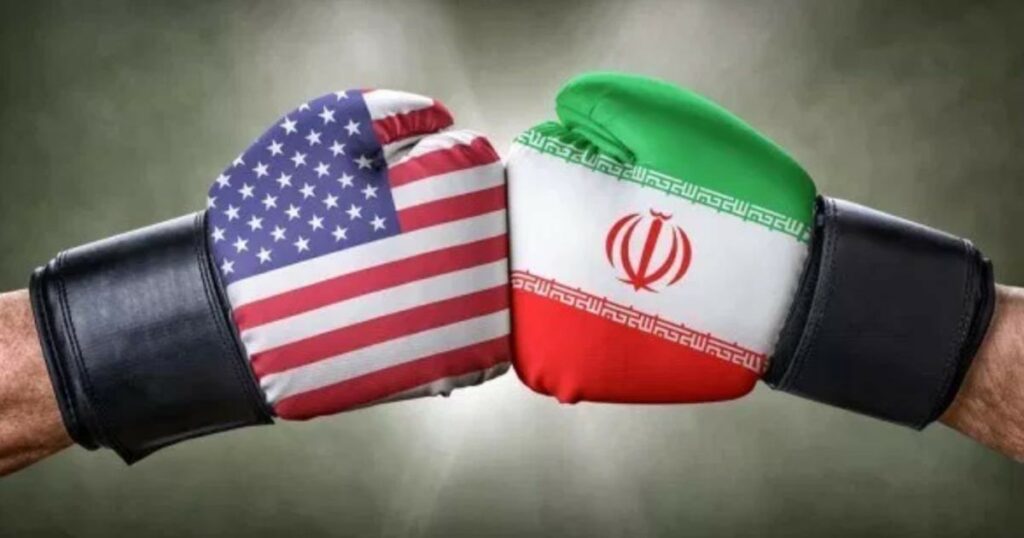The Current State of US-Iran Relations: A Comprehensive Analysis

In recent years, the relationship between the United States and Iran has been strained due to a series of events and policy changes. From the US withdrawal from the Joint Comprehensive Plan of Action (JCPOA) to the recent attacks on US troops in the Middle East, tensions between the two countries have escalated. This blog post will delve into the current state of US-Iran relations, the impact of recent events, and the potential geopolitical and financial consequences.
The withdrawal of the United States from the JCPOA in 2018 marked a significant turning point in the relationship between the two nations. This decision by the Trump administration led to increased tensions and a series of retaliatory actions by both sides. Iran resumed its nuclear activities, while the US imposed new sanctions on Iran’s economy, including its oil exports.
In 2023, the Biden administration began to engage in indirect talks with Iran to revive the nuclear deal. However, these negotiations have been slow and complicated by the recent attacks on US troops by Iranian-backed groups. Since mid-October 2023, there have been over 150 attacks on US forces, which have resulted in the deaths of American soldiers and increased instability in the region.

The US has responded to these attacks with targeted airstrikes on Iranian-backed groups in Iraq and Syria. These actions have led to further escalation and increased concerns about potential retaliation from Iran. The situation has also impacted the global financial markets, with the value of the Iranian currency fluctuating in response to these events.
The ongoing conflict between the US and Iran has the potential to cause significant geopolitical changes in the Middle East. As Iran continues to support and arm its proxies in the region, the US and its allies may be forced to take further action to protect their interests. This could lead to a more significant military presence in the region and increased tensions between the US and other regional powers.
The attacks on US troops and the subsequent US airstrikes have also had a significant impact on the global financial markets. The shipping of oil and gas in the Red Sea has been halted, and the cost of insurance and freight has increased. The value of the Iranian currency has also fluctuated in response to these events, which could lead to further economic instability in the country.
In conclusion, the current state of US-Iran relations is characterized by increased tensions and a series of retaliatory actions by both sides. The recent attacks on US troops and the subsequent US airstrikes have led to further escalation and increased concerns about potential retaliation from Iran. The ongoing conflict has the potential to cause significant geopolitical changes in the Middle East and has already had a significant impact on the global financial markets. It is essential for the international community to closely monitor the situation and work towards de-escalation and a peaceful resolution to the conflict.







